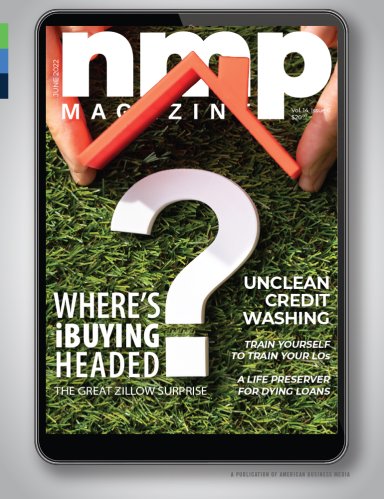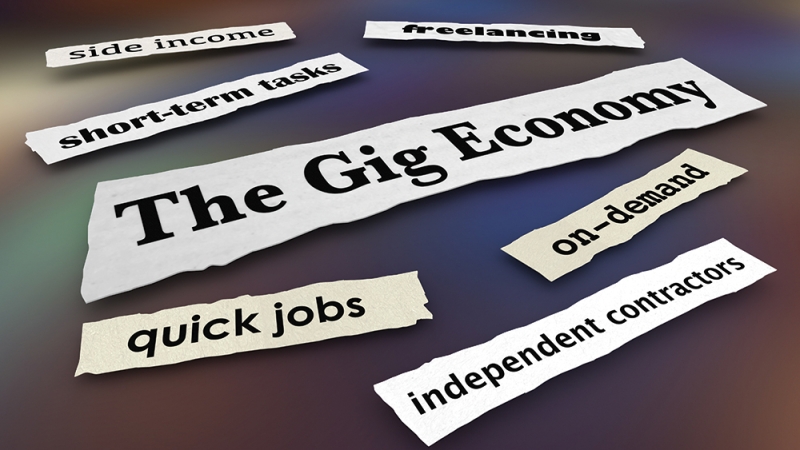Home equity loans, on the other hand, allow borrowers to keep their existing interest rate for their original mortgage balance, and only apply a new interest rate to the cash they extract. But the con is that borrowers must immediately begin to pay back the loan, which will be at a higher mortgage rate than a cash-out refi.
HELOCs may stand out as the most appealing feature for some borrowers, especially those who do not know what they’ll use the funds for or will not use the funds immediately. Plus, borrowers only have to pay interest on what they use, and they and can pay off the loan at any time.
But with HELOCs, interest rates are often higher than cash-outs or home equity loans. And when the 10-year draw period is up and both principal and interest are due, they are rolled into a fixed-rate, 20-year mortgage and the credit line dries up.
Last, home equity sharing agreements are great for homeowners who need cash but can’t or don’t necessarily want a monthly payment. The con for the consumer’s view, of course, is that the third parties originating these products take a percentage of the interest in the home, and thus capture that exact percentage of its value increase over time, until the home is sold, or the loan paid back.
Which loan is right?
Cash-out refis make the most sense for those consumers who think the home they are borrowing from is likely their forever home. The ideal cash-out candidate needs fast access to cash and isn’t too in love with their current mortgage interest rate, willing to trade it in for a new rate in exchange for that cash. For them, the idea of having one loan, rather than a second lien, is worth a higher mortgage balance.
For those taking a home equity loan, their current home is also likely their forever home. But they like their interest rates, and they are only willing to accept a new rate on the cash they are extracting. They also want the flexibility to use the funds however they choose, since interest on home equity loans remain tax deductible, regardless of how the funds are used.
The HELOC borrower thinks it’s possible they may move in 10 years, but in the meantime, they want to do some renovations. They like the flexibility of the line of credit because they don’t know exactly how much money they’ll need, and they aren’t susceptible to rising rates (which would increase the monthly payment on the HELOC).
HELOCs can be especially attractive to homeowners who want to use the funds on home improvements, since it means they can deduct the loan’s interest from their federal taxes. Those considering home renovations can access tools to help them make the best decision to increase their home value.
Apps like the Kukun’s Home Renovation Cost Estimator can evaluate a number of influential factors, including the borrower’s ZIP code and the types of finishes or appliances they’re considering, to determine where the money is best spent.
And finally, the home equity agreement partner is mostly interested in getting quick cash without a monthly payment and either doesn’t care about giving up a share of their home value gains or doesn’t think their home will grow much in value over time. It’s also not a bad option for homeowners who think interest rates are going rise rapidly, since there’s no monthly payment and home value growth tends to moderate as rates rise.













